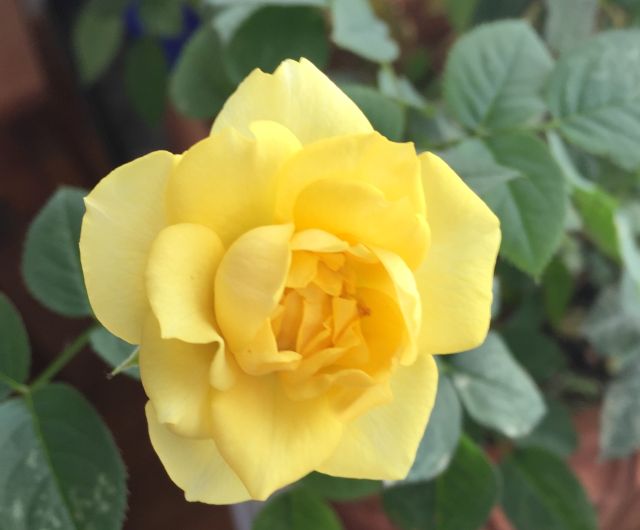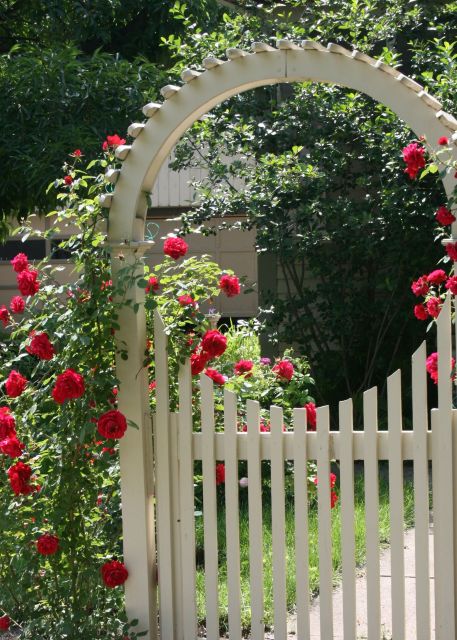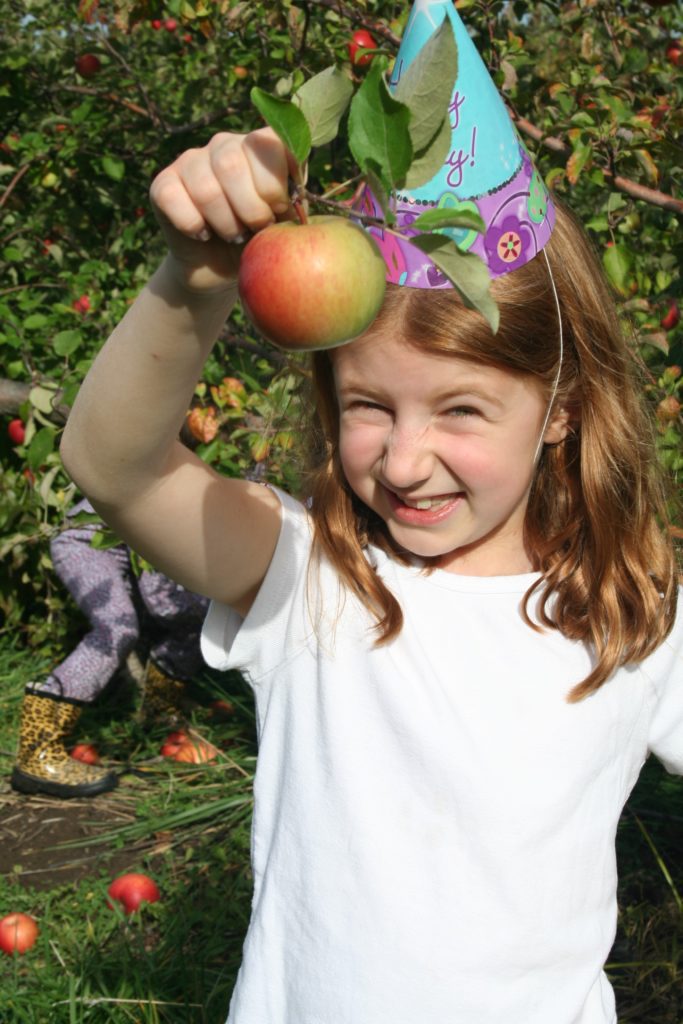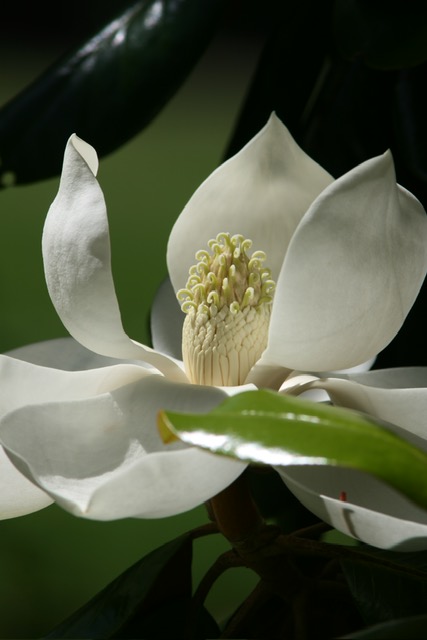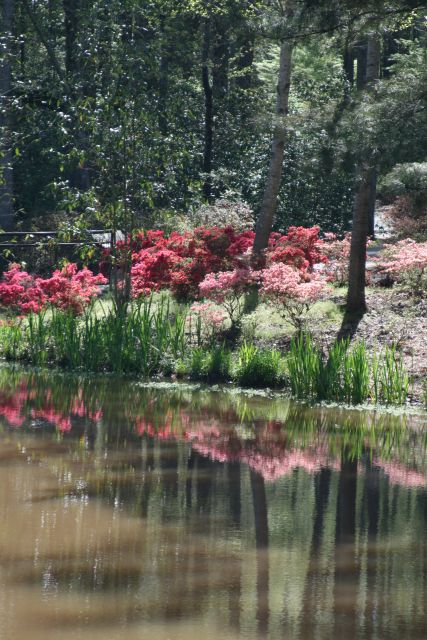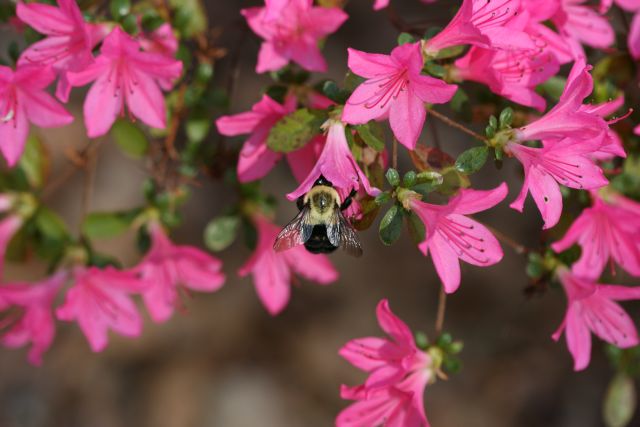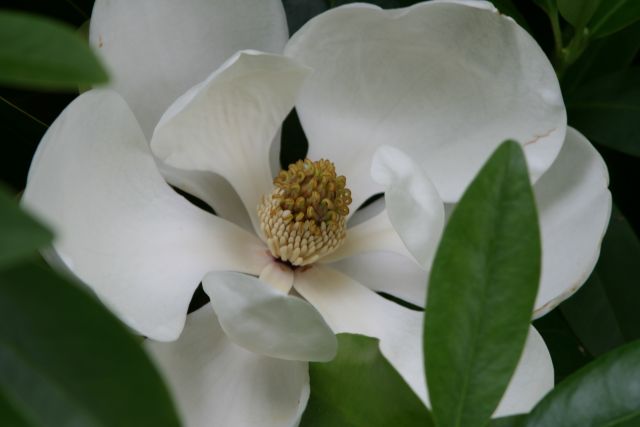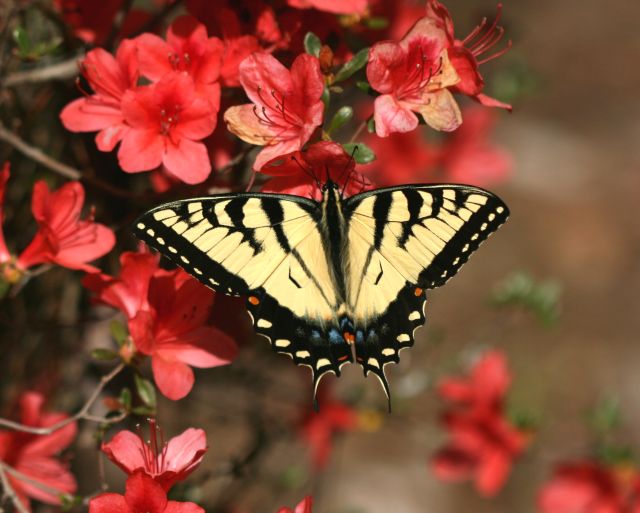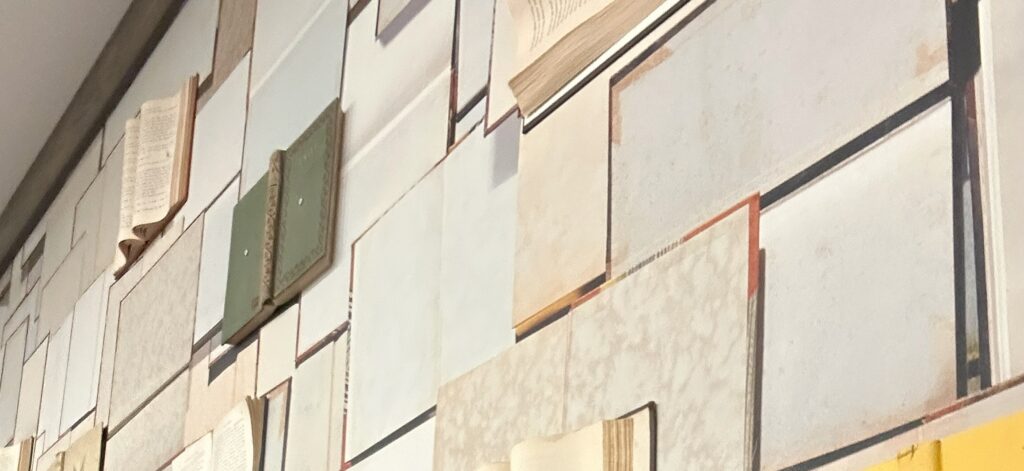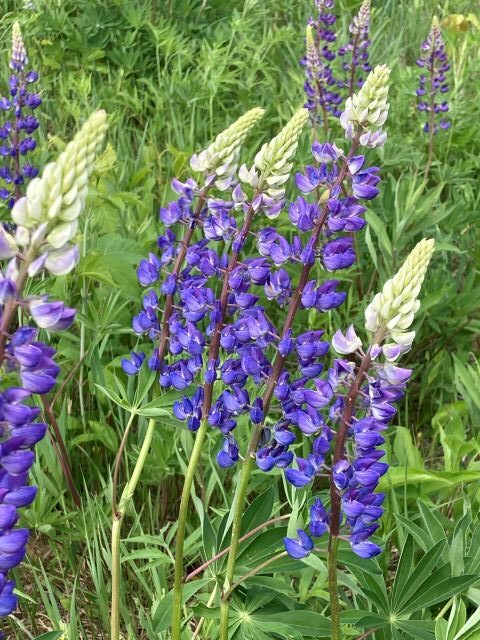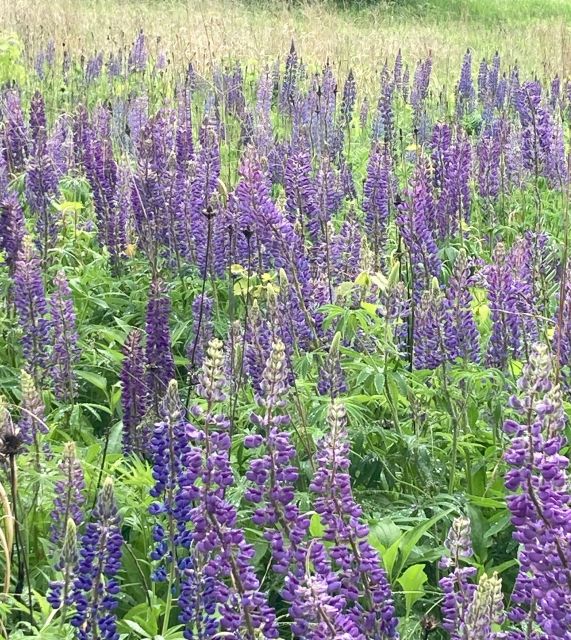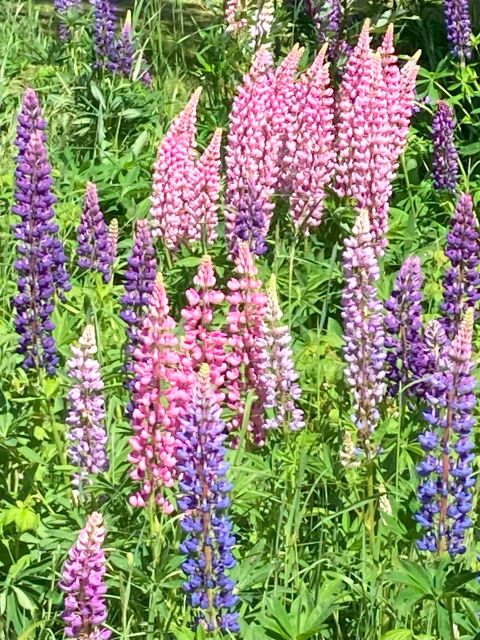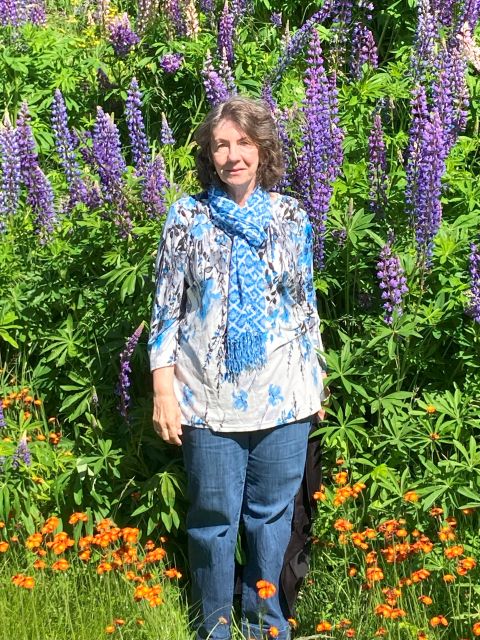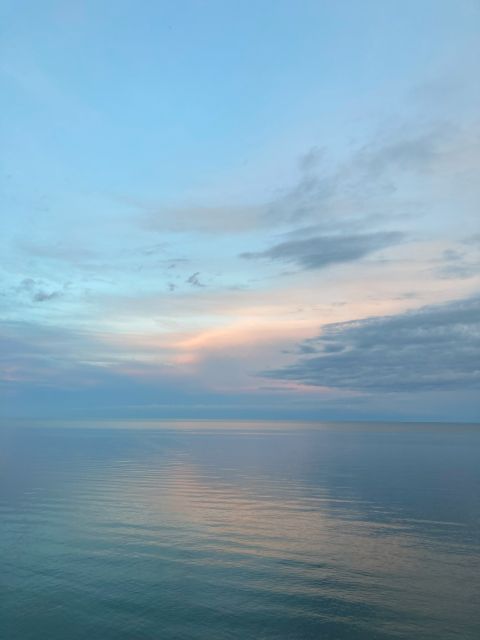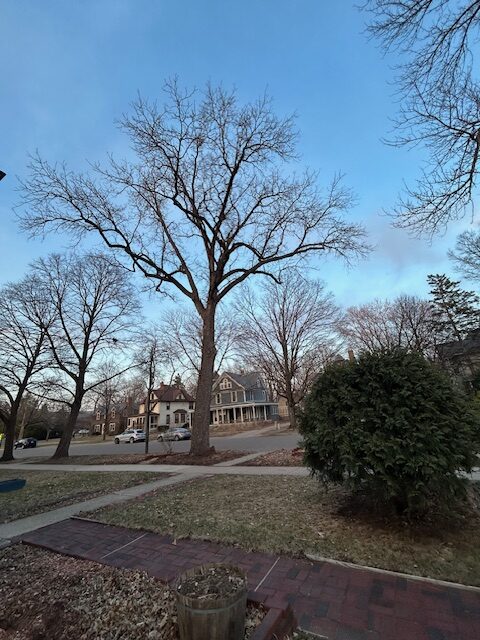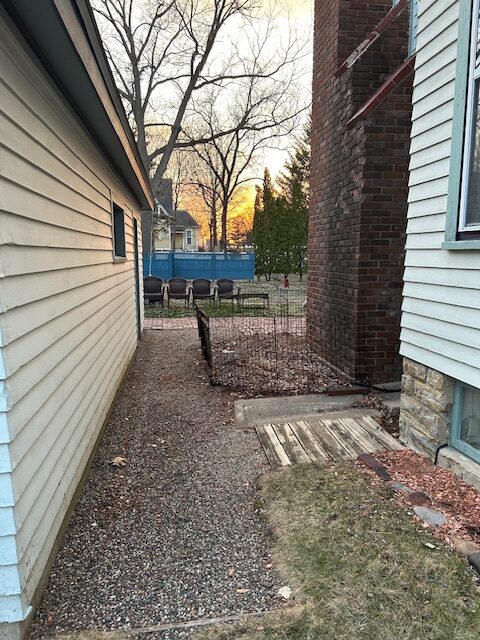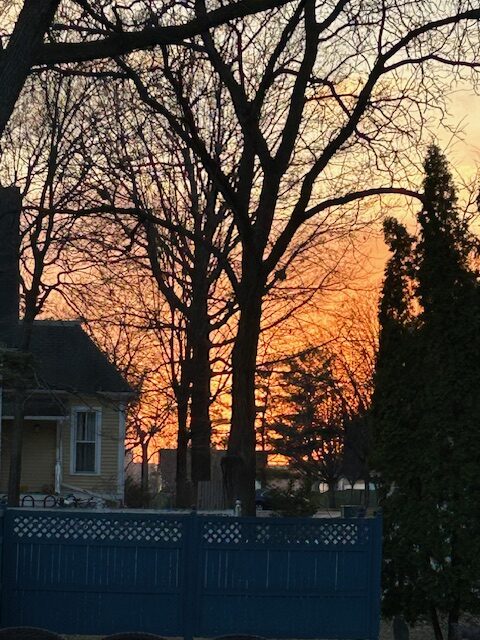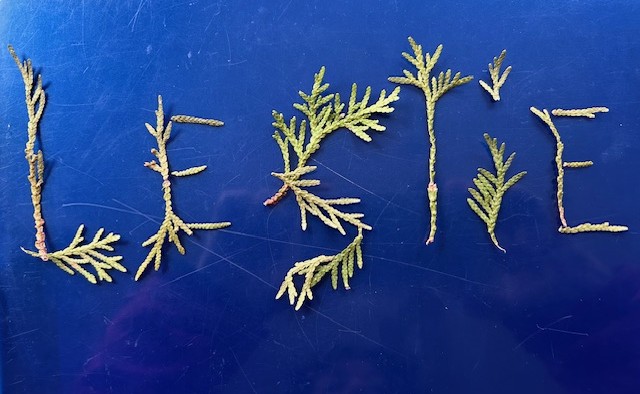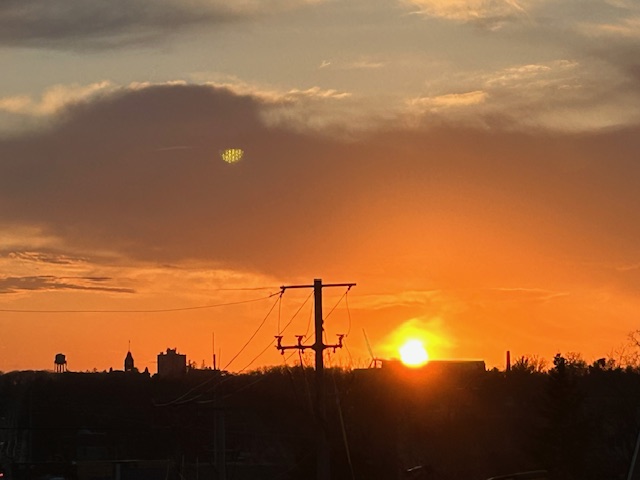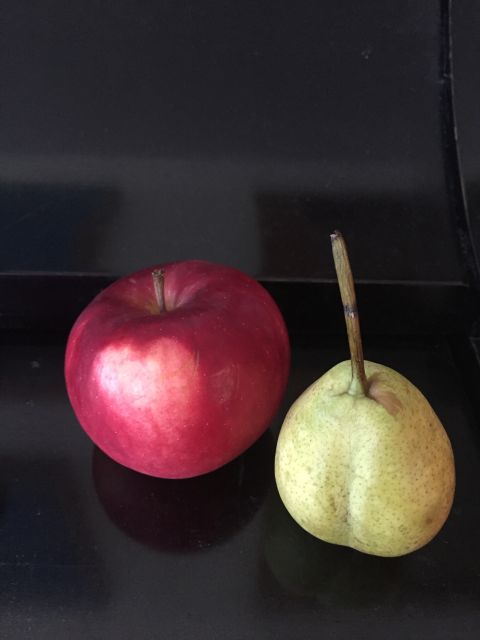
Rosendahl’s entries for the letter “P” held many attractions for me. I was able to work in two of my favorite into today’s offering: “pyriform” (pronounced “peer-i-form”), an entirely new word to me that means “pear-shaped;” and ‘Pome,” which already held associations for me though the botanical connection was delightfully new.
Previous? The title of a poetry collection that James Joyce published in 1927: Pomes Penyeach–which I have assumed was his thumb in the eye to “correct” British pronunciation and spelling–and a monthly local event at our public library that goes by the acronym P.O.M.E. or Poetry Open Mic Event.
(As for the use in botany of the word, “pome,” I believe that today’s poem, emailed to you if you requested it, explains that.)
Wishing that you, too, make delightful discoveries today in the worlds of letters and growing plants–LESLIE
